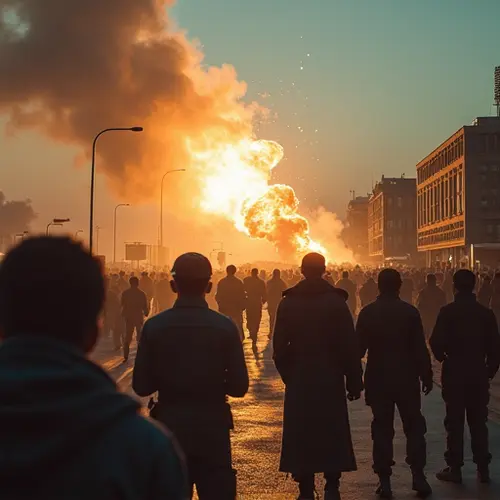
Iran's Dilemma After U.S. Attack
Two days after the U.S. targeted nuclear facilities and other key sites in Iran, the Tehran regime finds itself in a tight spot. Inaction is not an option, but every possible retaliation comes with significant risks.
The Stakes for Iran
If Iran retaliates too harshly, it risks escalating the conflict with the militarily superior United States. Conversely, opting for negotiations could be perceived as a sign of weakness, potentially destabilizing the regime.
Diplomatic Maneuvering
Iranian Foreign Minister Araghchi has condemned the U.S. actions, calling them a "thick red line" crossed. However, concrete retaliation has yet to materialize. Instead, Iran is buying time through diplomatic channels, seeking support from Europe and Russia.
Possible Retaliation Scenarios
1. Attacking U.S. Targets in the Middle East: With 40,000 U.S. troops stationed in the region, Iran could strike back. However, its proxy allies, like Hezbollah and Hamas, have been weakened by Israeli actions.
2. Disrupting Oil Trade via the Strait of Hormuz: This move could cripple global oil supplies but would also alienate Iran's allies, including China.
3. Cyber Warfare or Continued Missile Strikes: While less overt, these tactics may not satisfy domestic demands for strong retaliation.
The Road Ahead
Iran may opt for a measured response, balancing retaliation with secret negotiations to avoid further escalation. However, with U.S. President Trump pushing for regime change, the situation remains volatile.

 Nederlands
Nederlands
 English
English
 Deutsch
Deutsch
 Français
Français
 Español
Español
 Português
Português